Impressionists On Paper: Degas to Toulouse-Lautrec – Royal Academy, London
The Royal Academy exhibition Impressionists on Paper assembles a great selection of artists, media and subject matter. Does it do as well in making the argument that the Impressionists elevated works on paper to the same status as paintings on canvas?
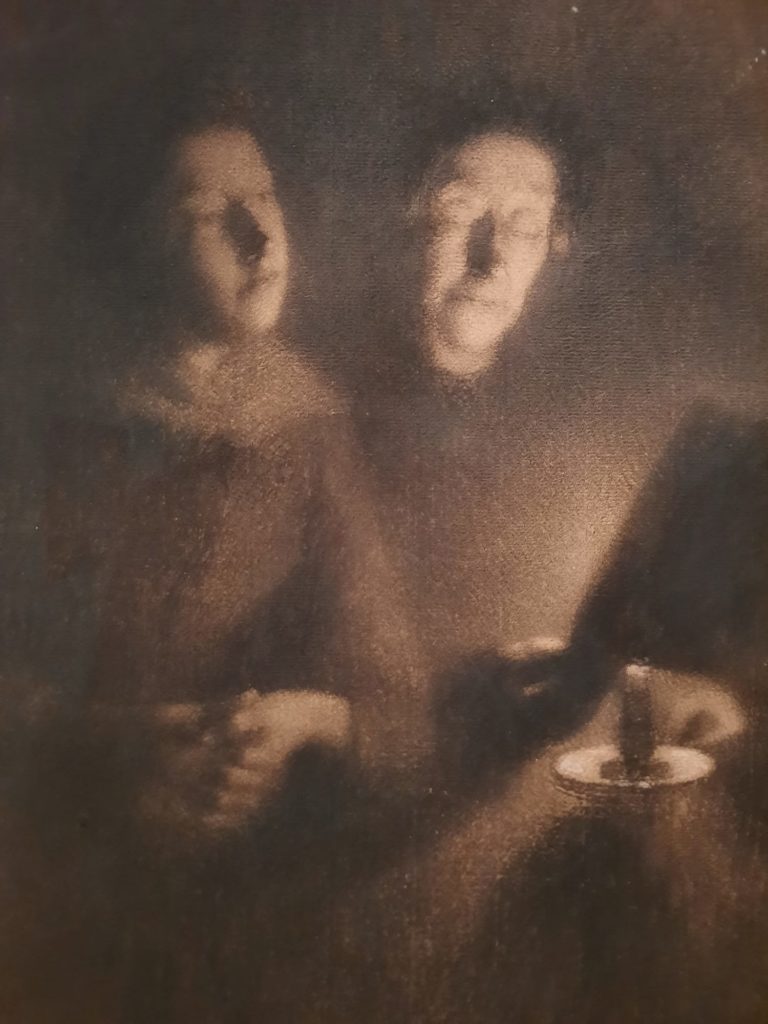

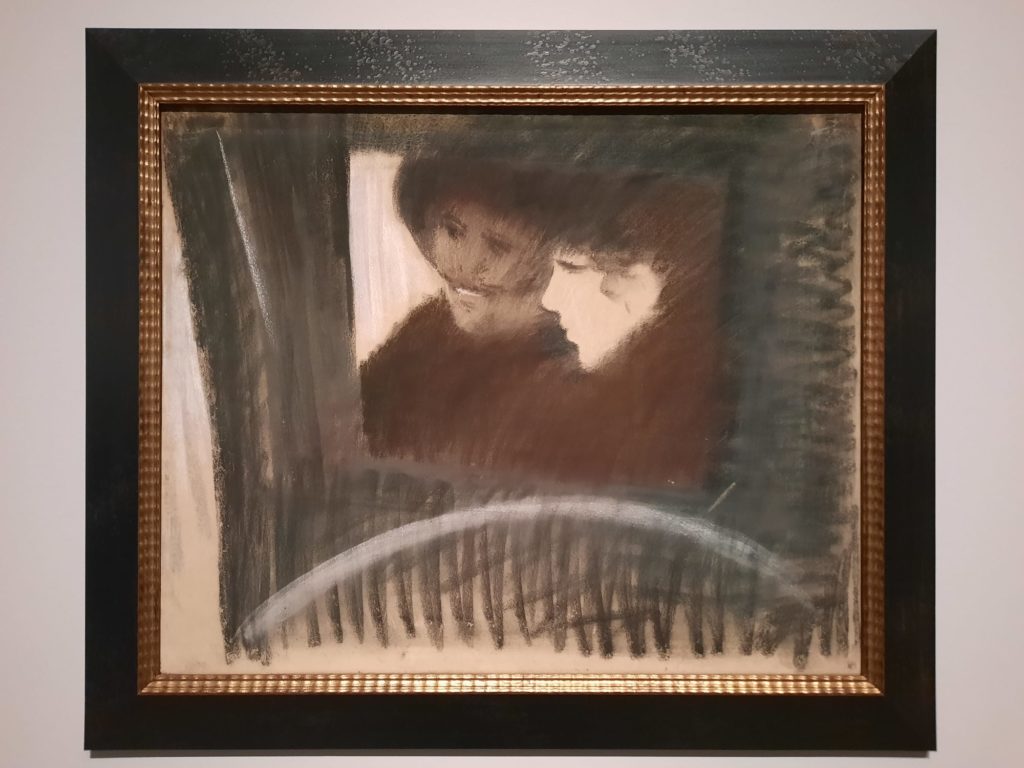
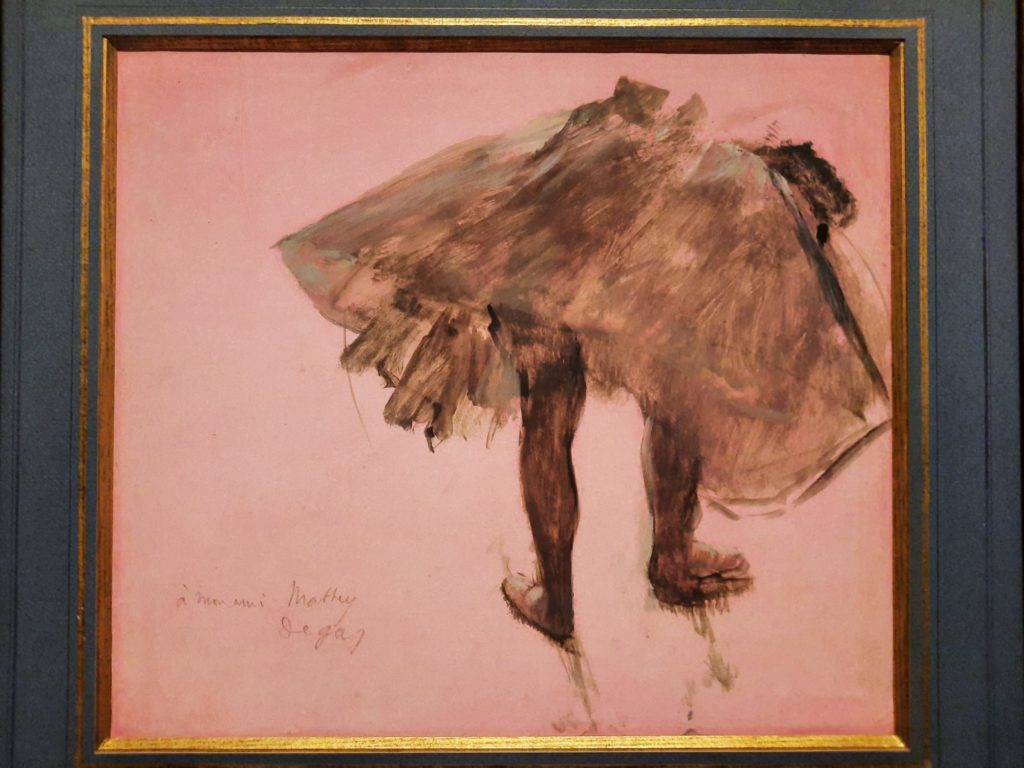
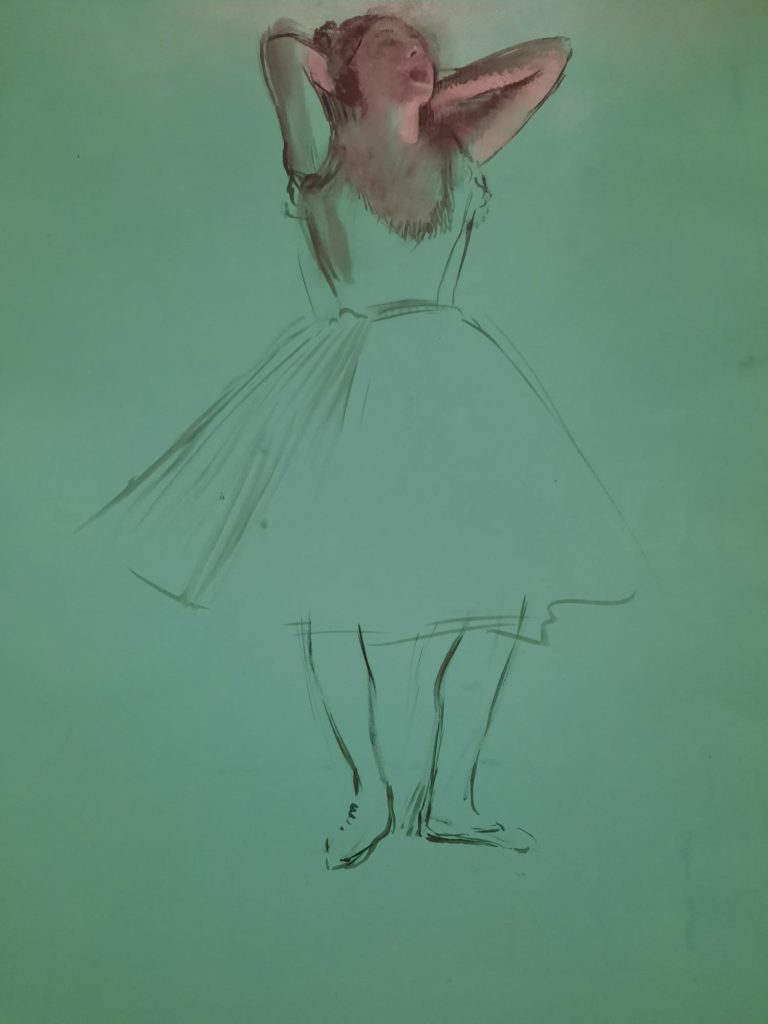
Impressionists on Paper
We are all familiar with the work of the Impressionists. Even those with only a fleeting knowledge of or interest in art recognise names like Monet, Degas, or Renoir. The Royal Academy knows this, and aims in this exhibition to focus in on a specific area of Impressionist art: their works on paper. Impressionists on Paper: Degas to Toulouse-Lautrec actually goes a little further and has a specific thesis: that it was the Impressionists who first saw the full potential of paper, and that they elevated their works on it to the same status as works on canvas.
I didn’t believe before visiting the exhibition that “drawing achieved parity with painting” thanks to the Impressionists, and frankly still don’t agree now that I have seen it. The fact that a specific exhibition for works on paper is required almost undermines this idea of parity: I don’t remember any ‘Works on Canvas’ exhibitions. And while the introductory text sets out an argument based on the Impressionists using paper to create finished works in a break from Academic tradition, a lot of works exhibited are preparatory sketches and unfinished works of the type that artists have done on paper for as long as paper has been around. I wonder if some tweaks to the positioning of the exhibition might have helped to more clearly articulate what audiences can learn from it.
The exhibition also extends from Impressionism into Post-Impressionism (as the ‘Toulouse-Lautrec’ in the title indicates), and is not entirely strict about all works being on paper. But here I feel like I’m beginning to judge too harshly, so let’s take a break to look at some of the works and then discuss some more.
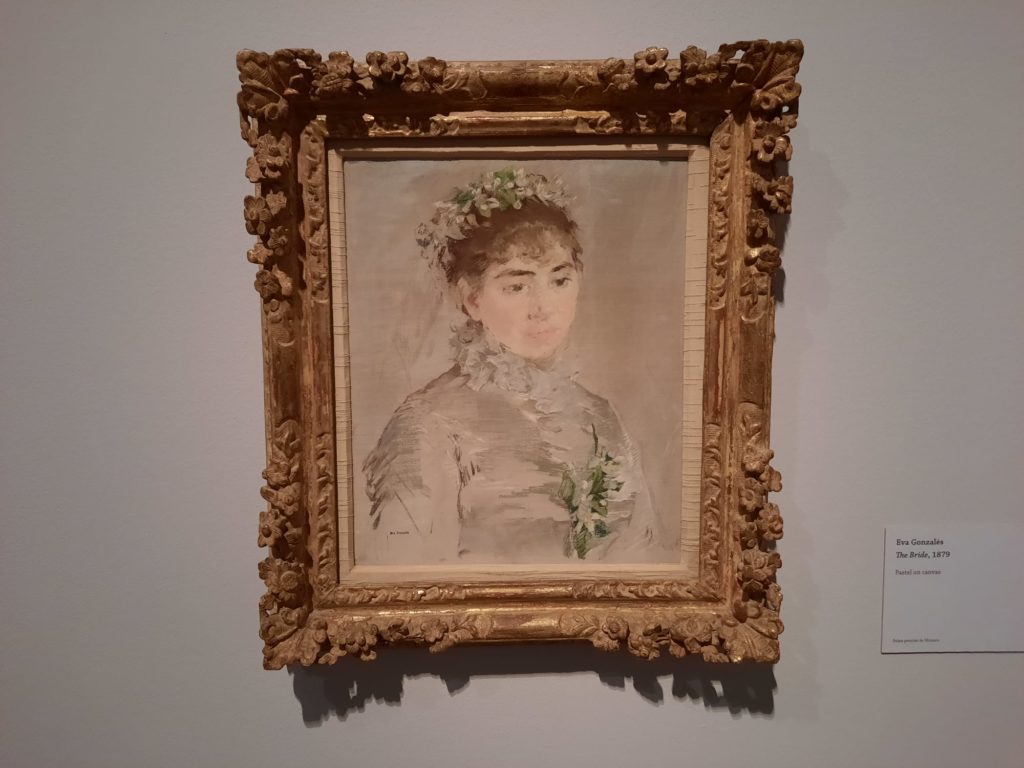
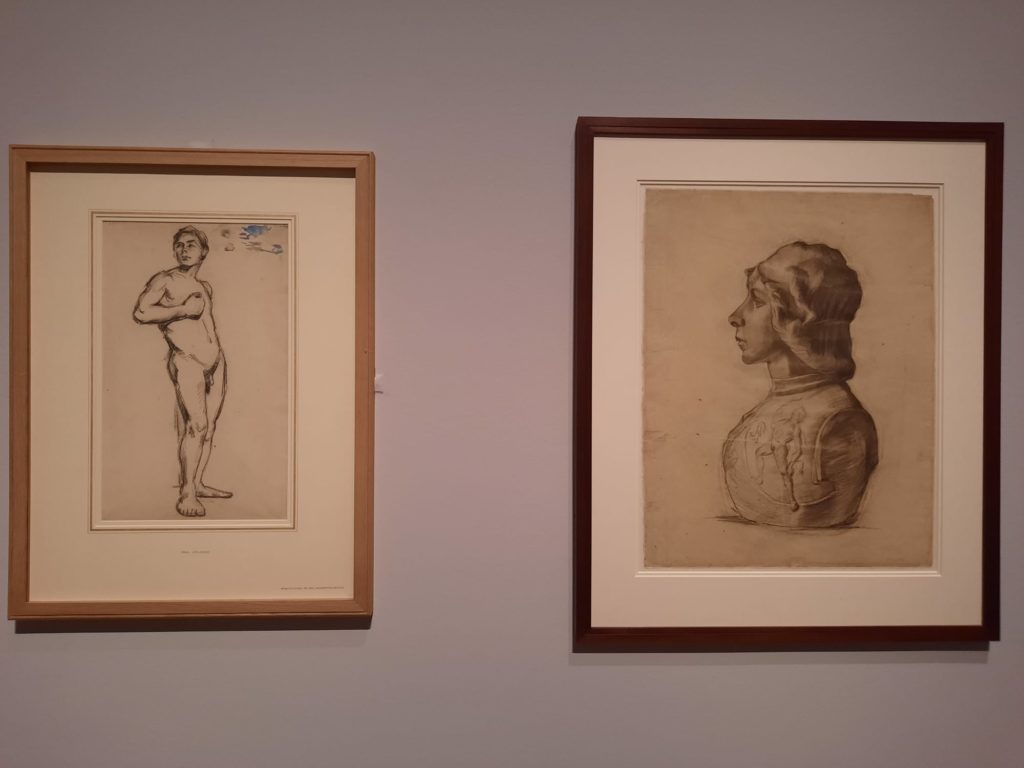


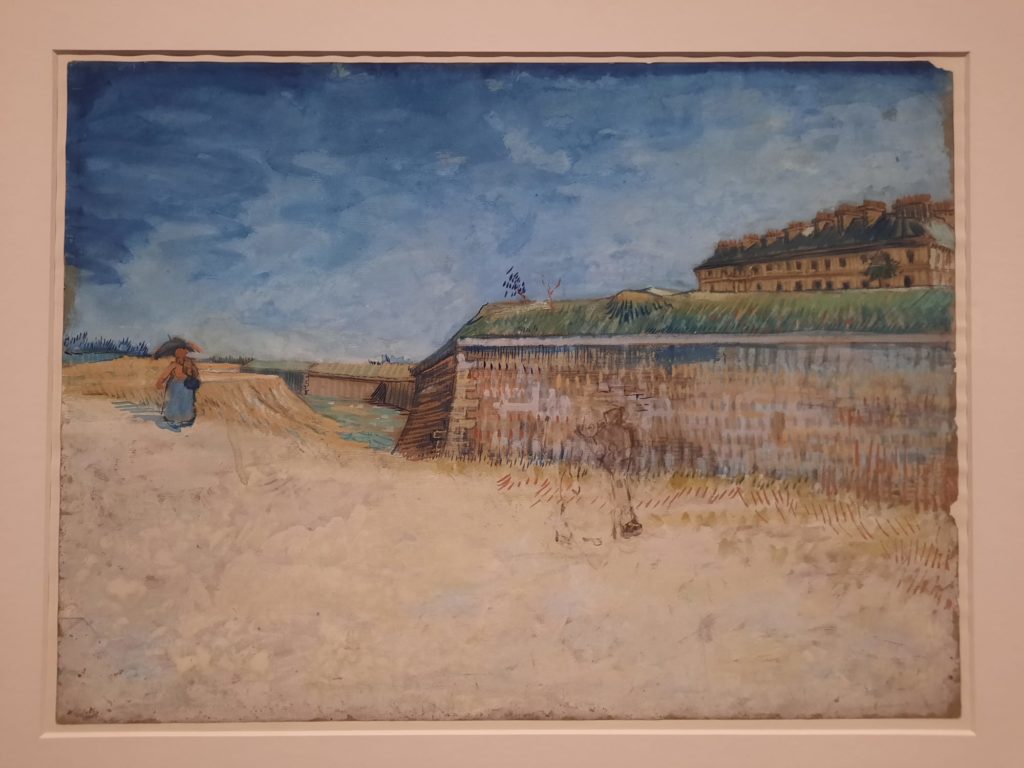

Rarely-Seen Works by Famous Names
Part of the reason it is difficult for works on paper to achieve parity with paintings on canvas is their fragility. Works on paper fade. Paper becomes more fragile over time. It’s a reason audiences won’t have seen many of these works before. Their lower price point in the art market also means more works on paper are in private collections. Both of these are good reasons to see the exhibition: it’s an opportunity to study rarely-seen works.
And there are many interesting works to see. I mentioned Monet, Degas and Renoir above. I will discount Renoir, because I don’t particularly like his works on paper or on canvas. But there are some excellent works by Degas. You can see him experimenting with capturing scenes quickly on paper. And also experimenting with the paper itself: ballerinas outlined against a range of vibrant colours. Degas alone is an argument for the versatility and possibility of paper. Elsewhere there are atmospheric works by lesser-known artists like Giuseppe de Nittis. And works by the Impressionist women like Berthe Morisot and Eva Gonzalès.
Moving into the third of three rooms, we meet the Post-Impressionists. There are some fine works by Toulouse-Lautrec, including ones loaned by the Musée d’Orsay. But my favourites of the entire exhibition were those by Odilon Redon. Here is an artist who exemplifies the thesis set out at the outset. Redon is best known for his pastels, intense colours like jewels in dream-like, Symbolist scenes. He worked primarily on paper, creating finished works and lithographs and achieving effects that would not be possible with paint on canvas. Perhaps, actually, it’s the Post-Impressionists and not the Impressionists (if we ignore forerunners like this) who represent the elevation of paper to the status of finished works.
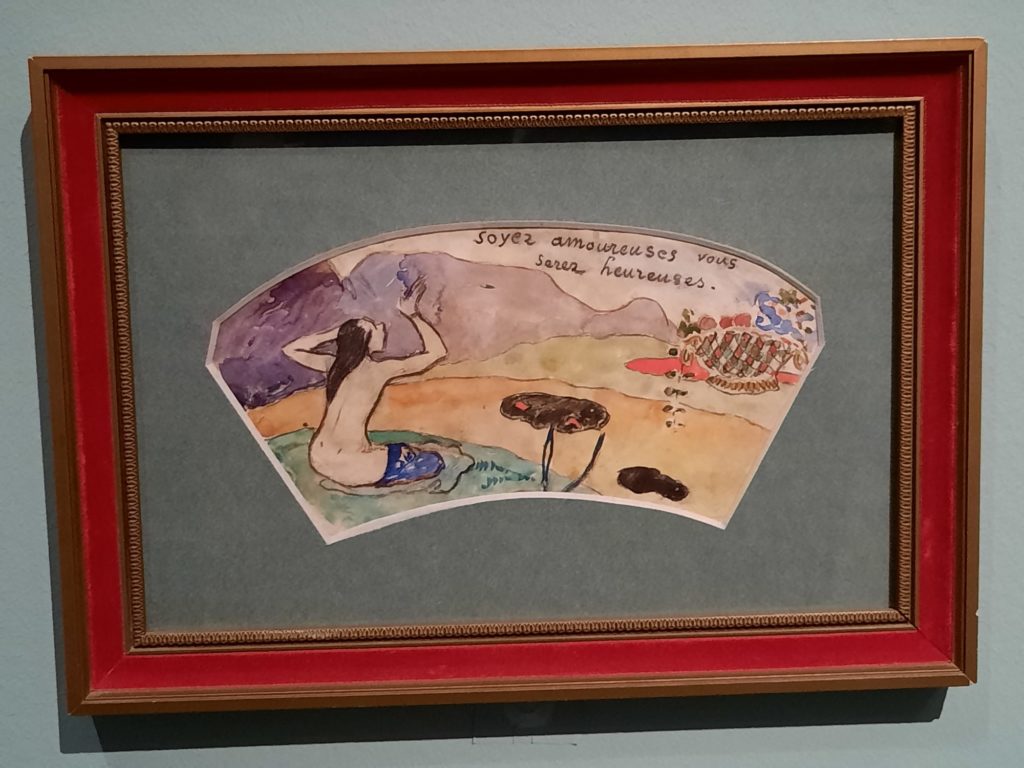

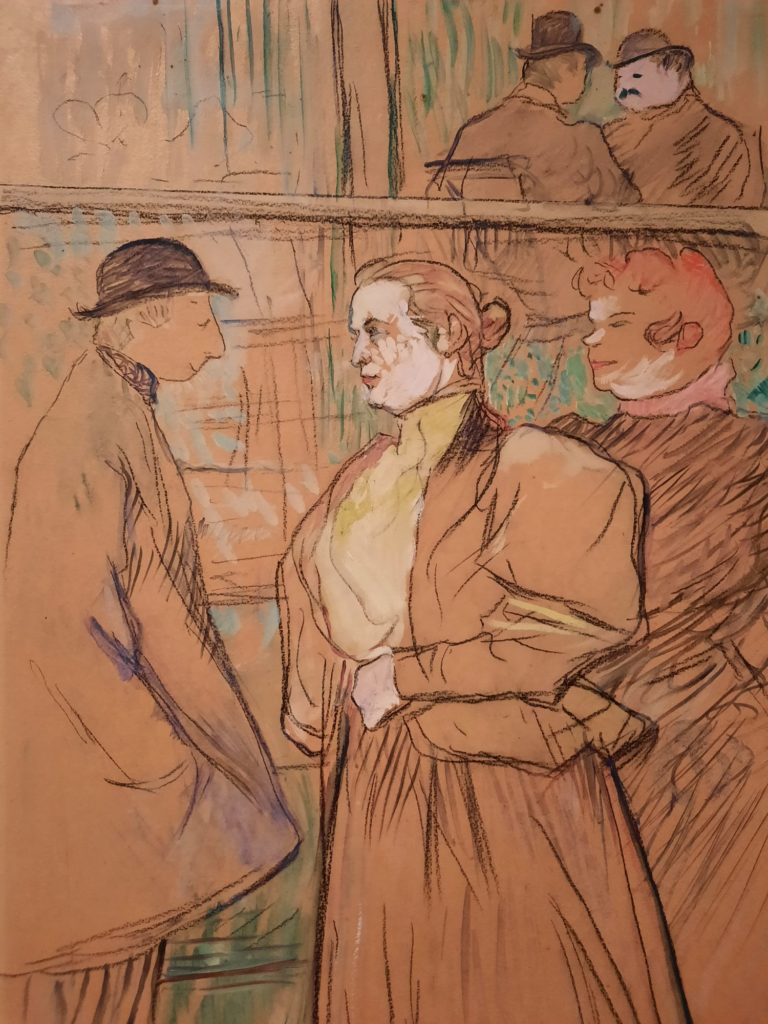

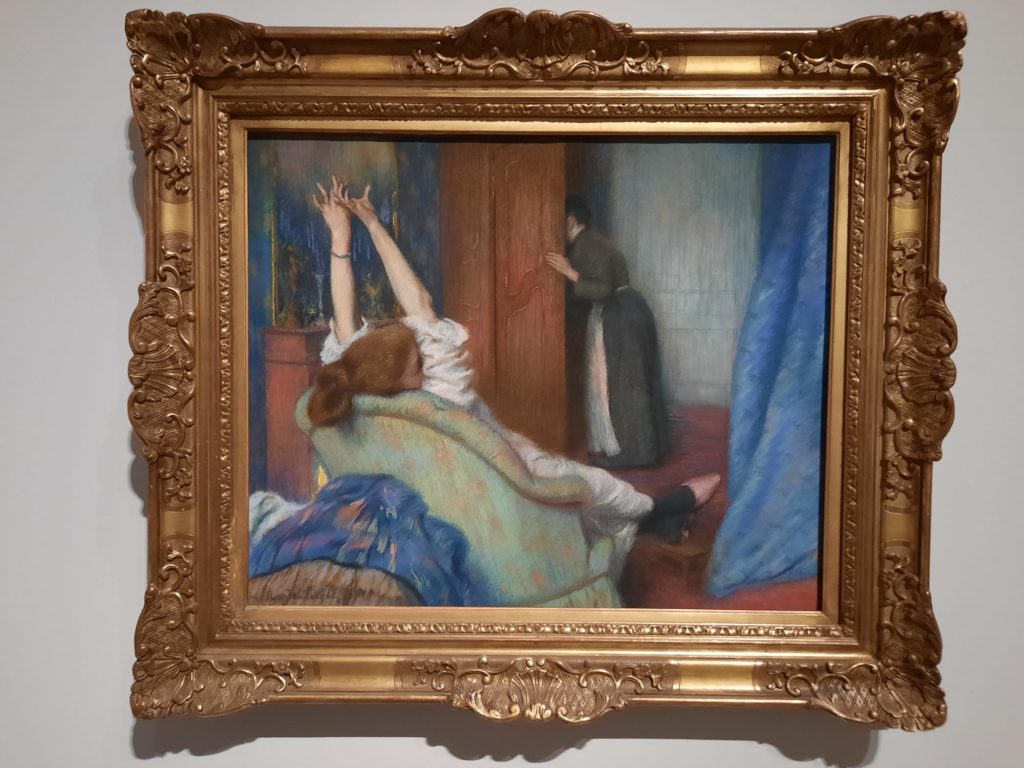
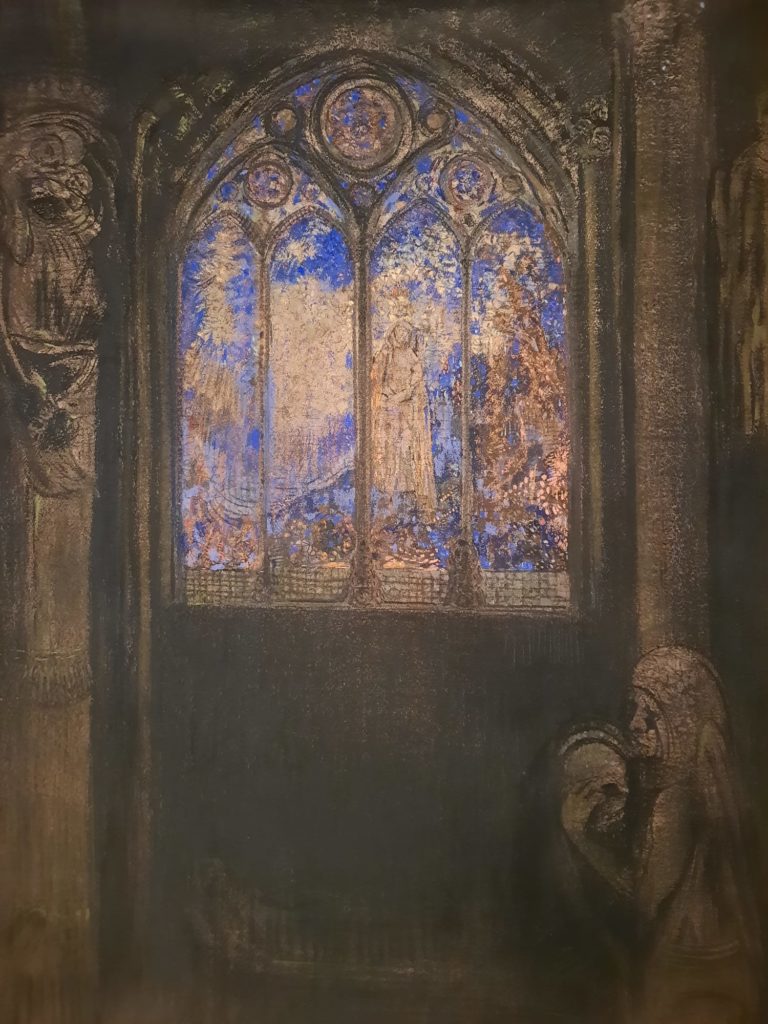
Final Thoughts
To summarise my case when it comes to Impressionists on Paper, I thought it was quite a good exhibition, but not quite the exhibition it said it was. It’s not just Impressionists. Not all the works are on paper (OK, almost all are). And its primary focus isn’t finished works for sale and/or exhibition in the manner of paintings on canvas. Just as in earlier generations, we see the Impressionists studying, sketching, preparing, and sometimes finishing a work on paper to a high standard.
But this breadth has a value. The Impressionists, after all, were all about capturing impressions: fleeting moments and effects. And works in leadpoint, fusain, charcoal, watercolour, pastel are all excellent ways to do this. We see them experiment, develop ideas, and learn from each other in these media and more. Perhaps a focus on techniques on paper rather than primacy of materials would have been more effective.
If you pay more attention to the artworks in an exhibition than to the texts, then you may get less hung up on these points than me. Impressionists on Paper: Degas to Toulouse-Lautrec is an enjoyable exhibition in this regard, and well worth seeing in its final weeks.
Salterton Arts Review’s rating: 3.5/5
Impressionist on Paper: Degas to Toulouse-Lautrec on until 10 March 2024
If you see this after your page is loaded completely, leafletJS files are missing.

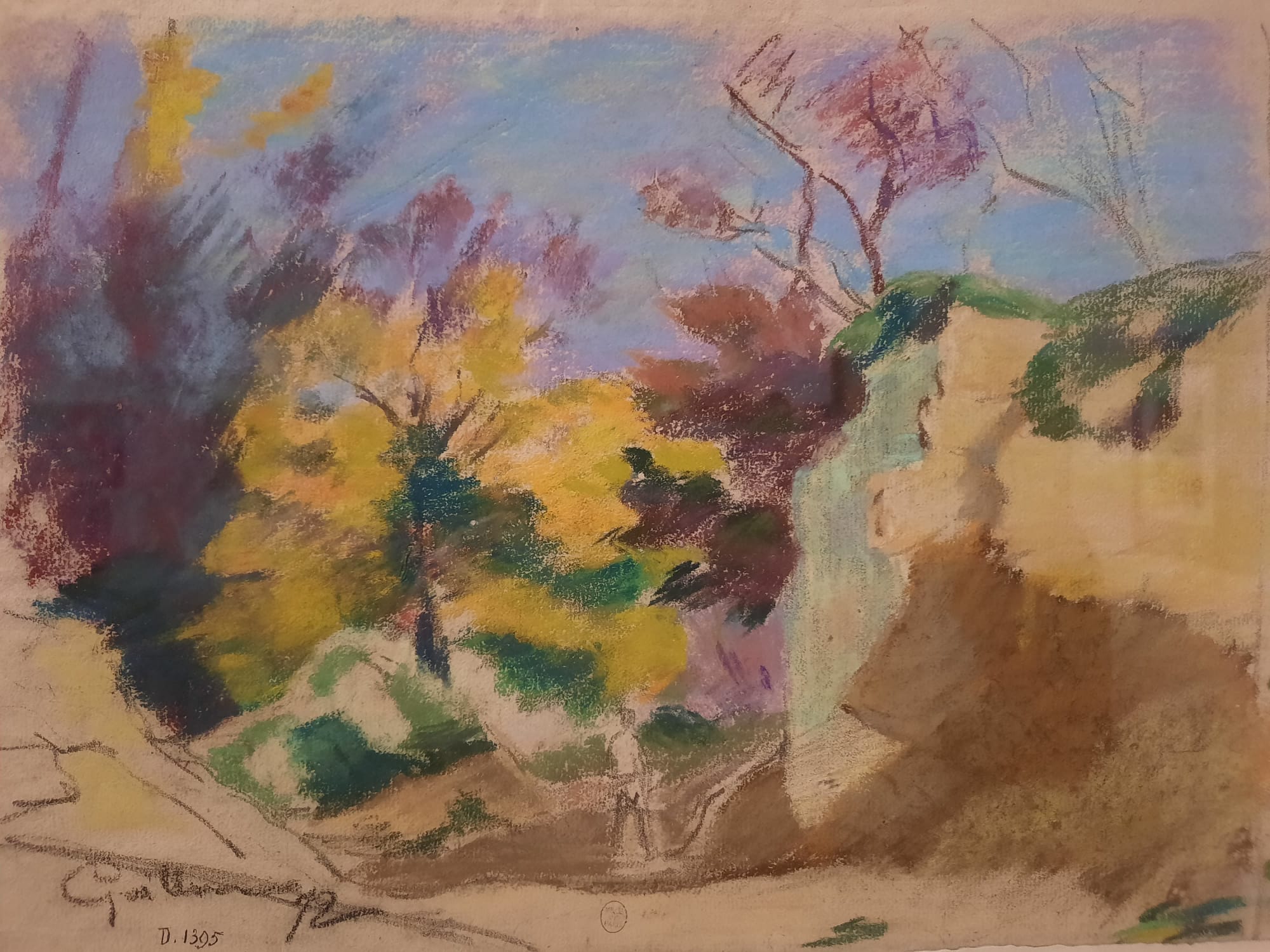
Like you, I’m sure I would have been frustrated by the failure of the proposition of the exhibition to be executed…seems like a reasonable expectation when the expectation had been set. I wonder what it’s like curating in a big old institution. I wonder if compromises have to be made for the sake of politics and teamwork that splinter the process and dilute the outcomes.
Working in a corporate environment myself with a lot of competing priorities, I would imagine yes. I quite like the National Gallery’s example in this regard: they are upfront about programming some exhibitions purely because they think they are important in art historical terms. They normally balance it with other exhibitions that are more contemporary or engaging for a wider audience, but they don’t try to impose narratives that aren’t there on their more academic exhibitions. Nothing wrong with just saying “Here are some nice Impressionist works you don’t get to see often and can learn something from!”